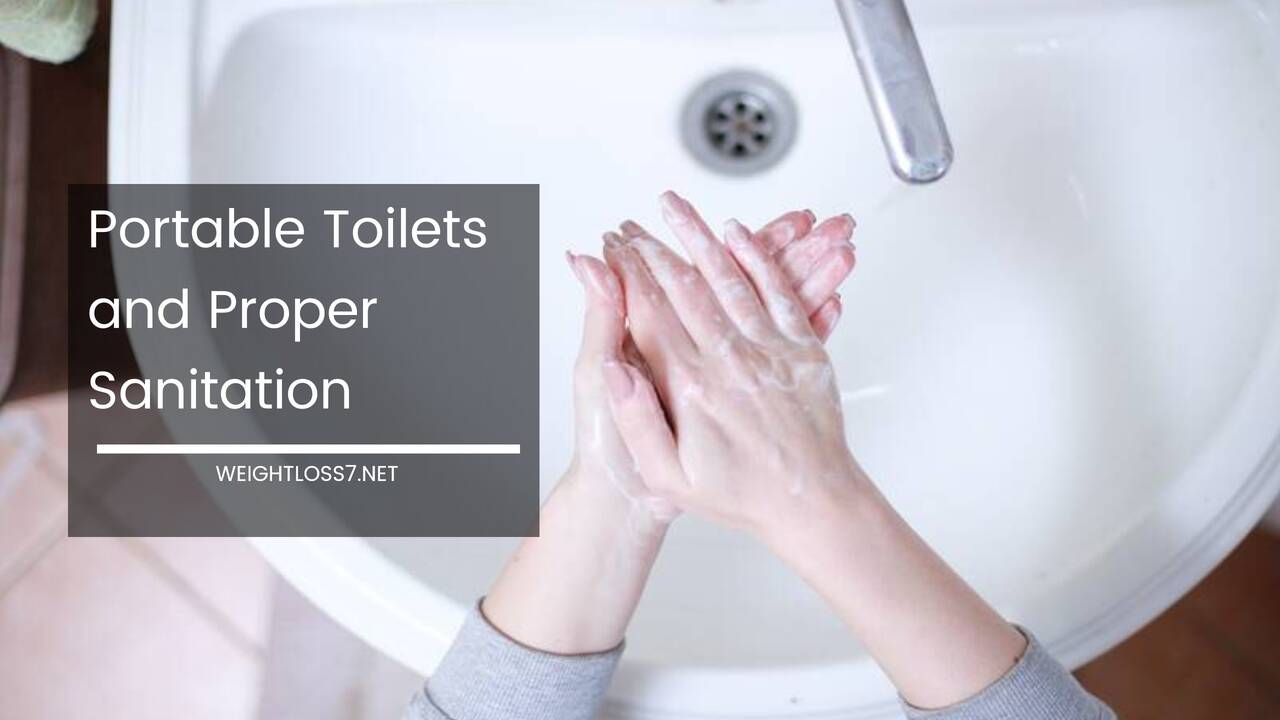Portable Toilets and Proper Sanitation

Construction fields are, by nature, already dirty and dangerous. Overseers of construction sites need to take extra precautions to ensure that proper facilities, such as portable toilets, are provided and kept clean.
Sanitation standards for construction sites are mandated by the government and regulated by OSHA, not only to avoid adverse health effects for employees and community members, but also to protect the environment from contamination by human waste.
The primary concern is disease control and prevention.
Human excrement and bodily fluids are prime carriers for infection and can easily be spread into the surrounding environment and any individuals who use the area.
Lack of proper and sanitary facilities is a significant threat and consequent regulation can prevent construction sites from operating.
Environmental Hazards
Lack of proper sanitation facilities and disposal of human waste can allow contaminants to escape into the surrounding environment.
With construction sites in particular, waste can mix with open ground or exposed piping and spread into the surrounding community’s land and water.
In turn, this leads to a higher risk of infection, not just for workers, but also community members. Many disease-causing agents, which are easily preventable through proper sanitation, are spread this way, especially in developing countries.
Human Health Hazards
Improper waste disposal is extremely hazardous, in terms of human health. If contaminants spread into the surrounding land and water, people living in the area may eat or drink from contaminated sources, without knowing it.
Contaminants often attract pests, such as flies and insects, may carry disease.
The need to urinate varies greatly on the individual. Furthermore, females have been shown to have a higher frequency of urination and have specific needs, in regards to female sanitation from menstruation.
Regardless, voluntary urinary retention can lead to adverse health effects, including urinary tract infection, which can lead to further infection, and a chance of renal damage.
Problems resulting from delays in defecation can include constipation, abdominal pain, and hemorrhoids. Therefore, it’s important to have accessible, sanitary facilities readily available for employees.
Toilet Requirements, Regulations, and Maintenance
In order to provide a sanitary and safe work environment, employers are required by law to provide a certain number of toilets for employees.
Portable toilets must meet guidelines set by federal and state regulators, in regard to type and construction.
The placement within a site is also regulated, and must ensure a safe, yet accessible, distance from the site as well as prevent an intrusion into the surrounding community.
Toilet facilities must be cleaned regularly to maintain sanitation standards and toilet paper should be provided at all times.
Disposal of waste must be carried out regularly at approved locations to ensure the waste does not attract pests or mingle with the environment.
Even where proper facilities are installed, spills may occur. If a spill occurs and is not cleaned up immediately, as regulations mandate, the waste will soak into the ground and contaminate the area.
Owners of portable toilets must maintain a record of spills and clean up after them by removing any soil that is touched, as well as disinfecting the area with proper disinfecting solutions.
Furthermore, a detailed account of the spill and the clean up method must be kept.
In order to keep a safe and sanitary environment for employees, it is important for employers at construction sites to provide proper facilities.
This in turn, will prevent contamination of the environment and surrounding community.

















